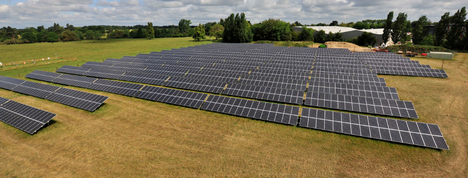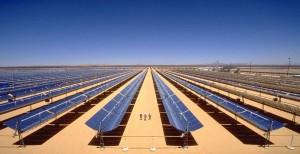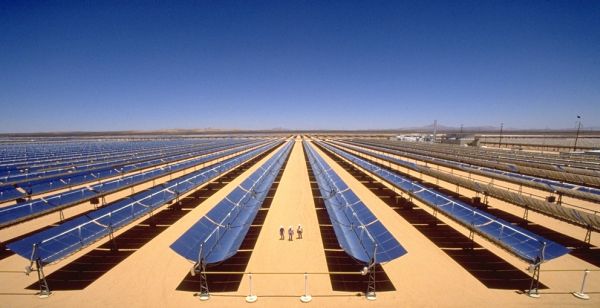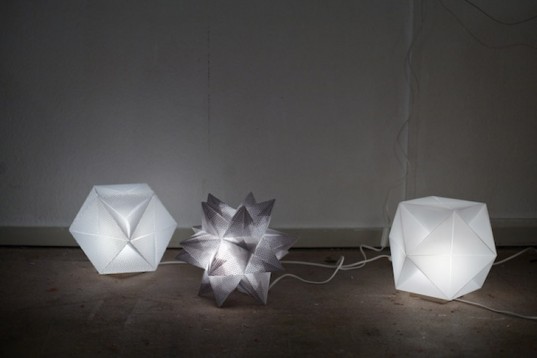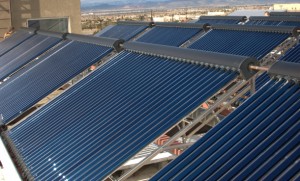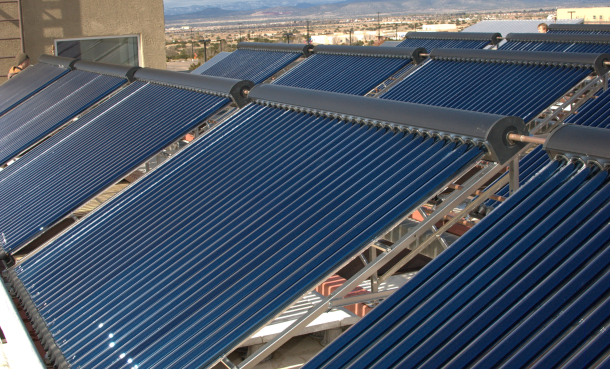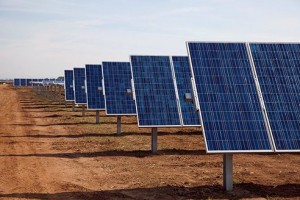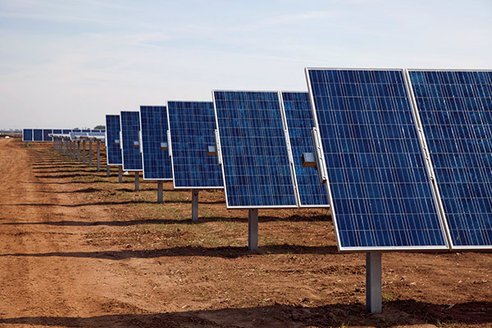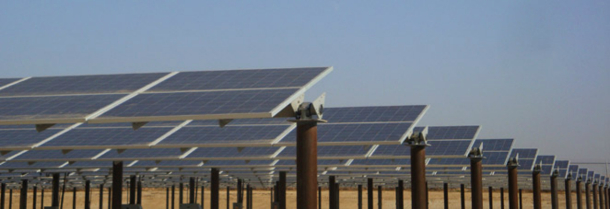
Despite dropping its internal solar technology development, Google continues to put money into solar power.
Assistant treasurer Axel Martinez said today that Google will invest $94 million into four commercial solar photovoltaic projects alongside private equity firm KKR. Google is investing equity in SunTap Energy, an entity created by KKR for solar investing.
The projects themselves are operated by Recurrent Energy, a company which specializes in commercial and utility solar photovoltaic projects. With a generating capacity of 88 megawatts, they will produce about 160 megawatt-hours per year, or enough to power 13,000 homes.
(more…)
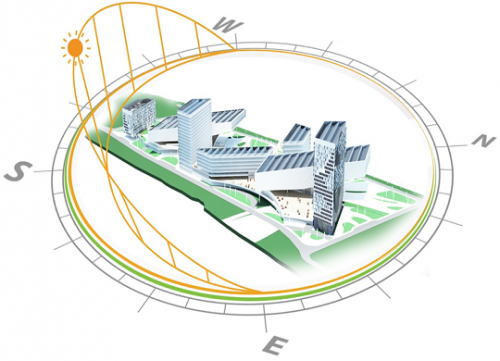
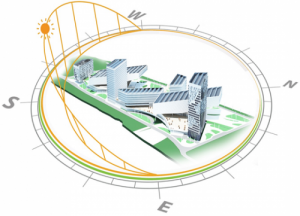
 Follow
Follow